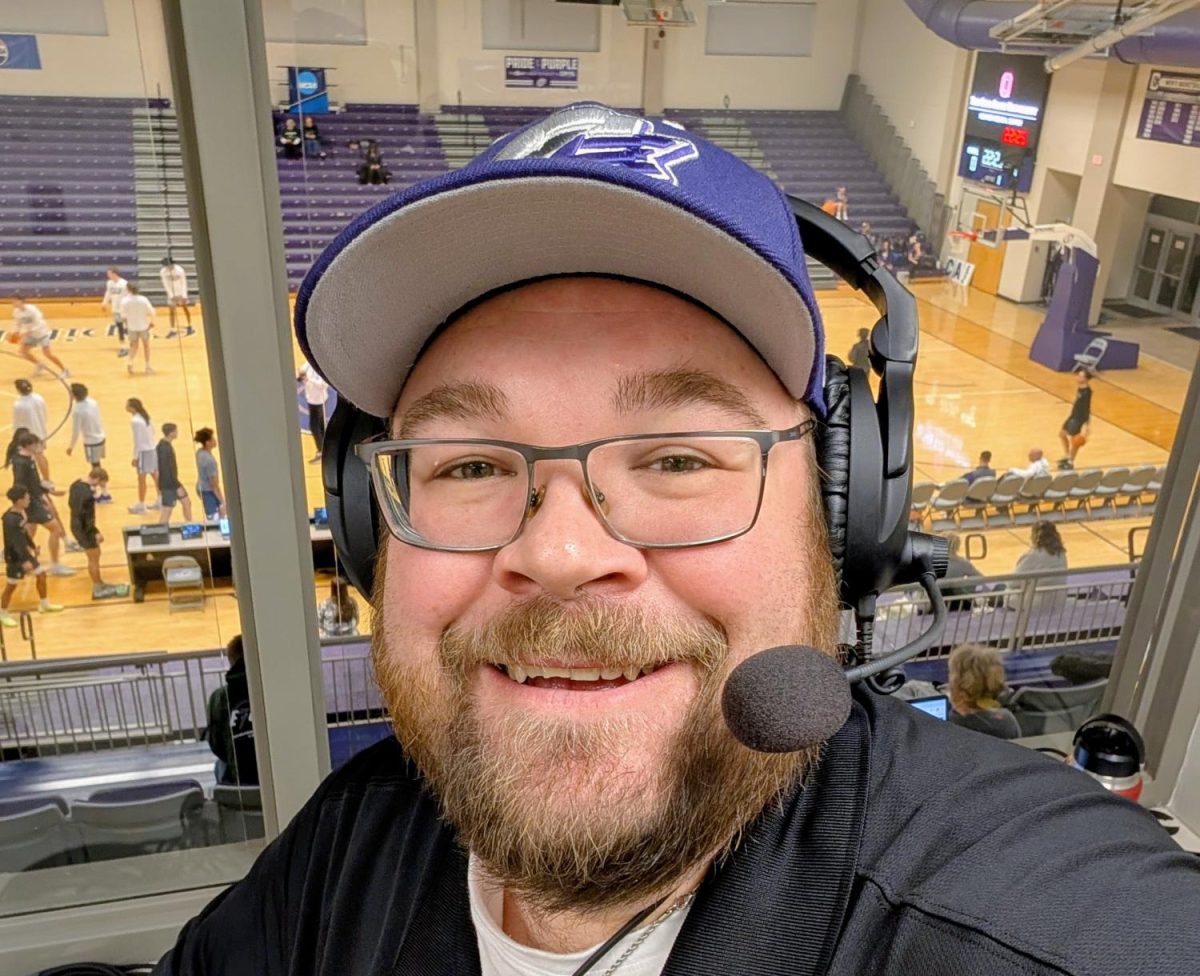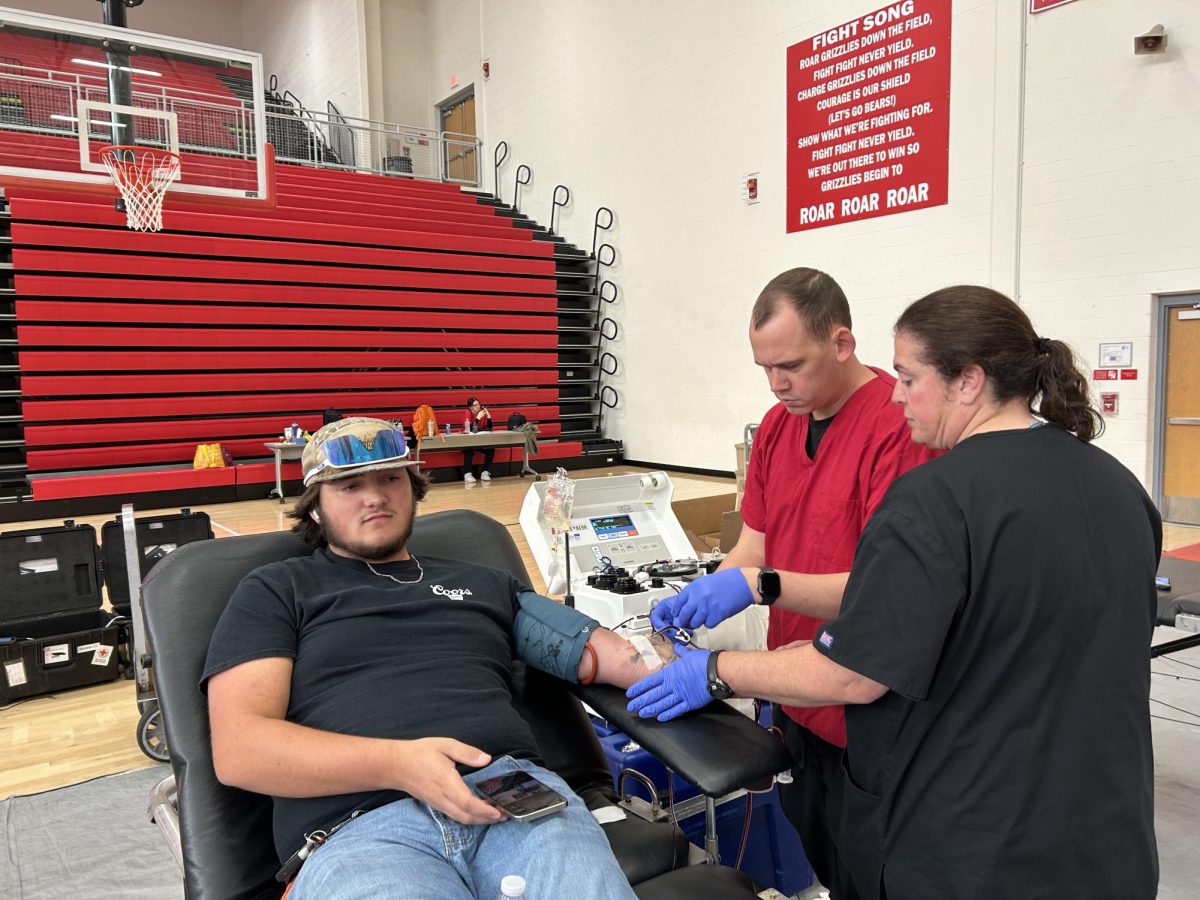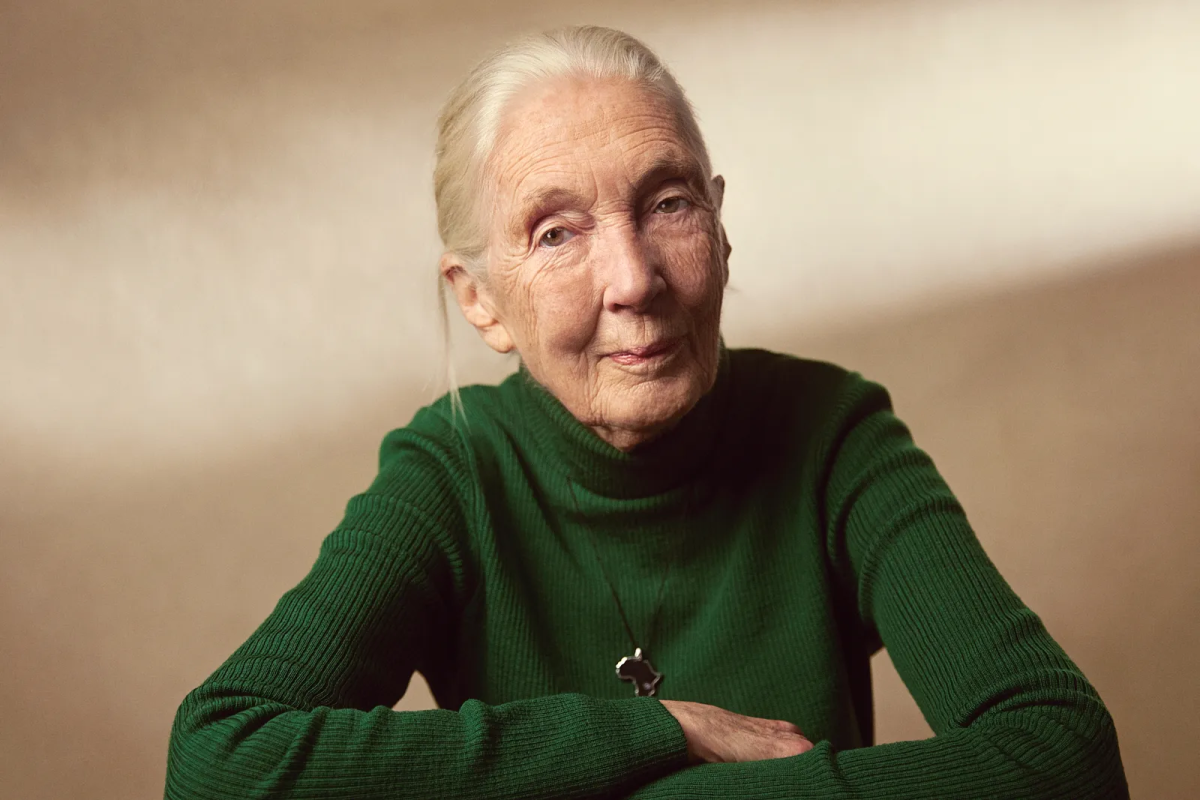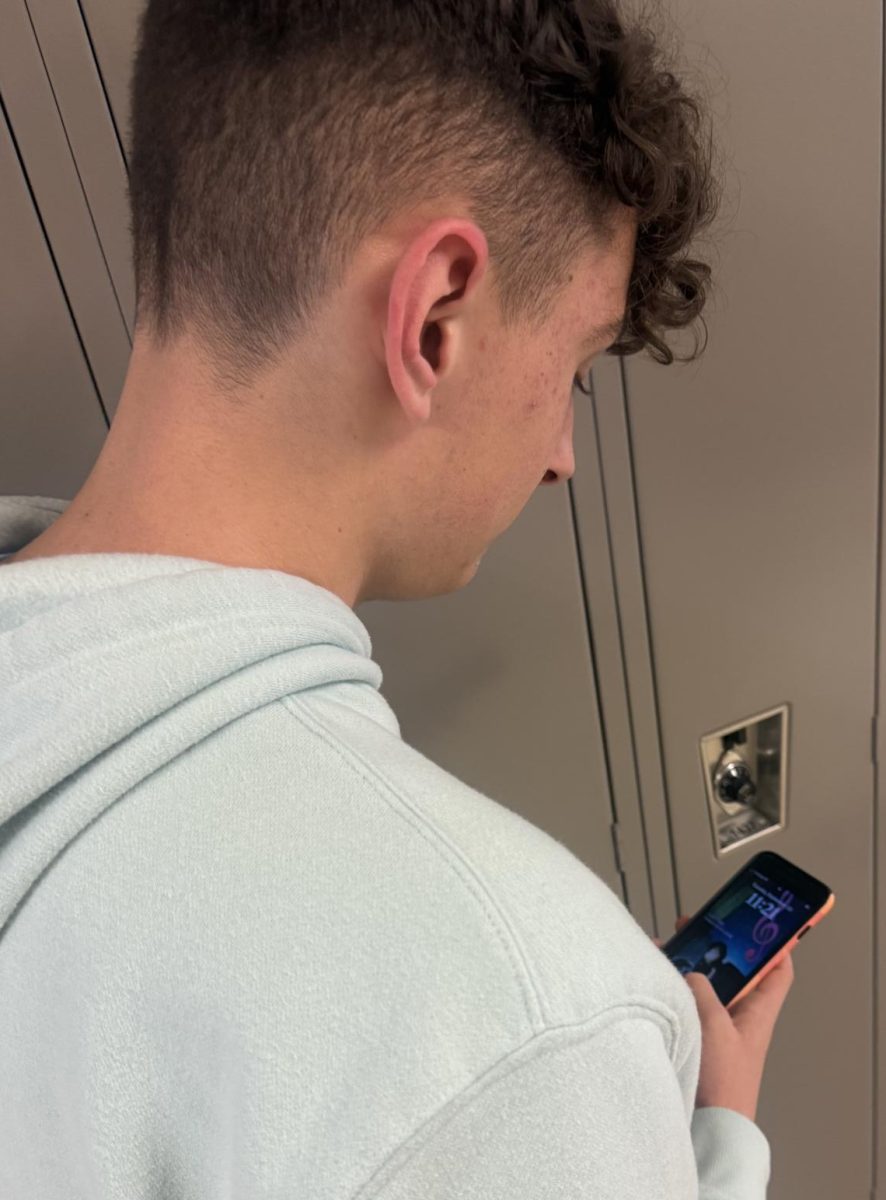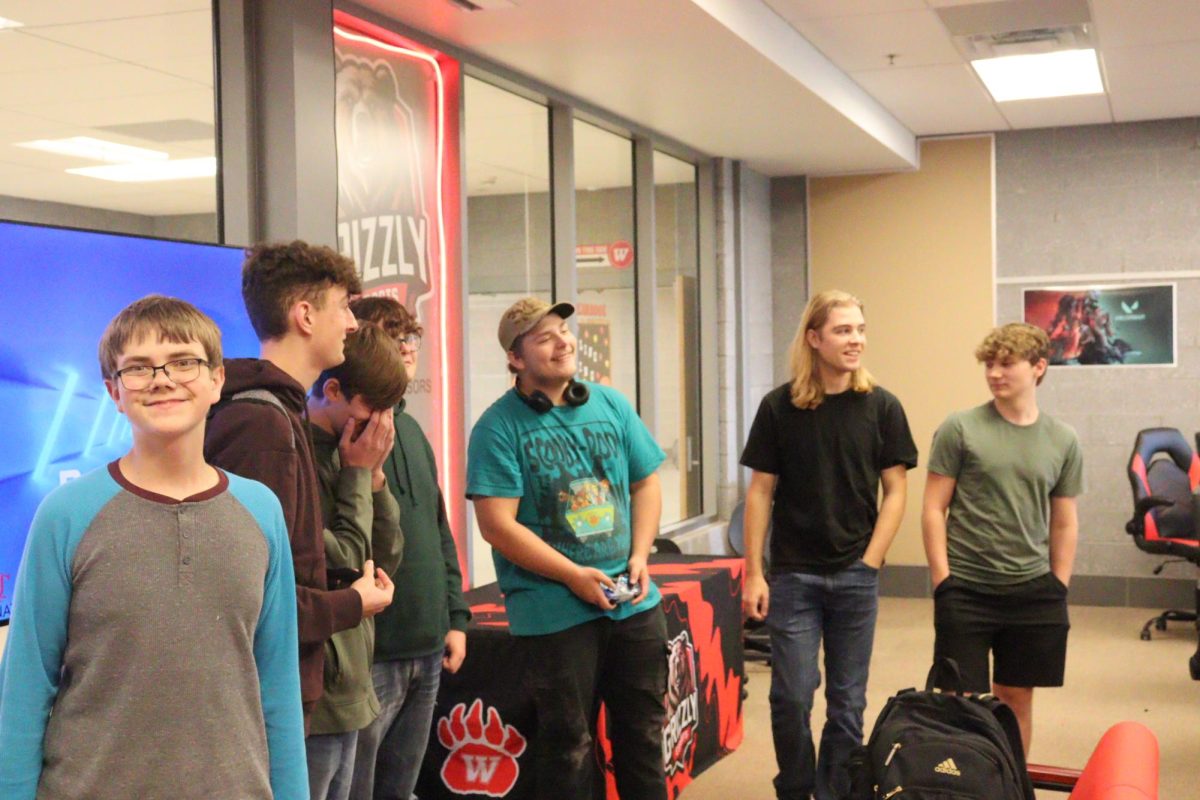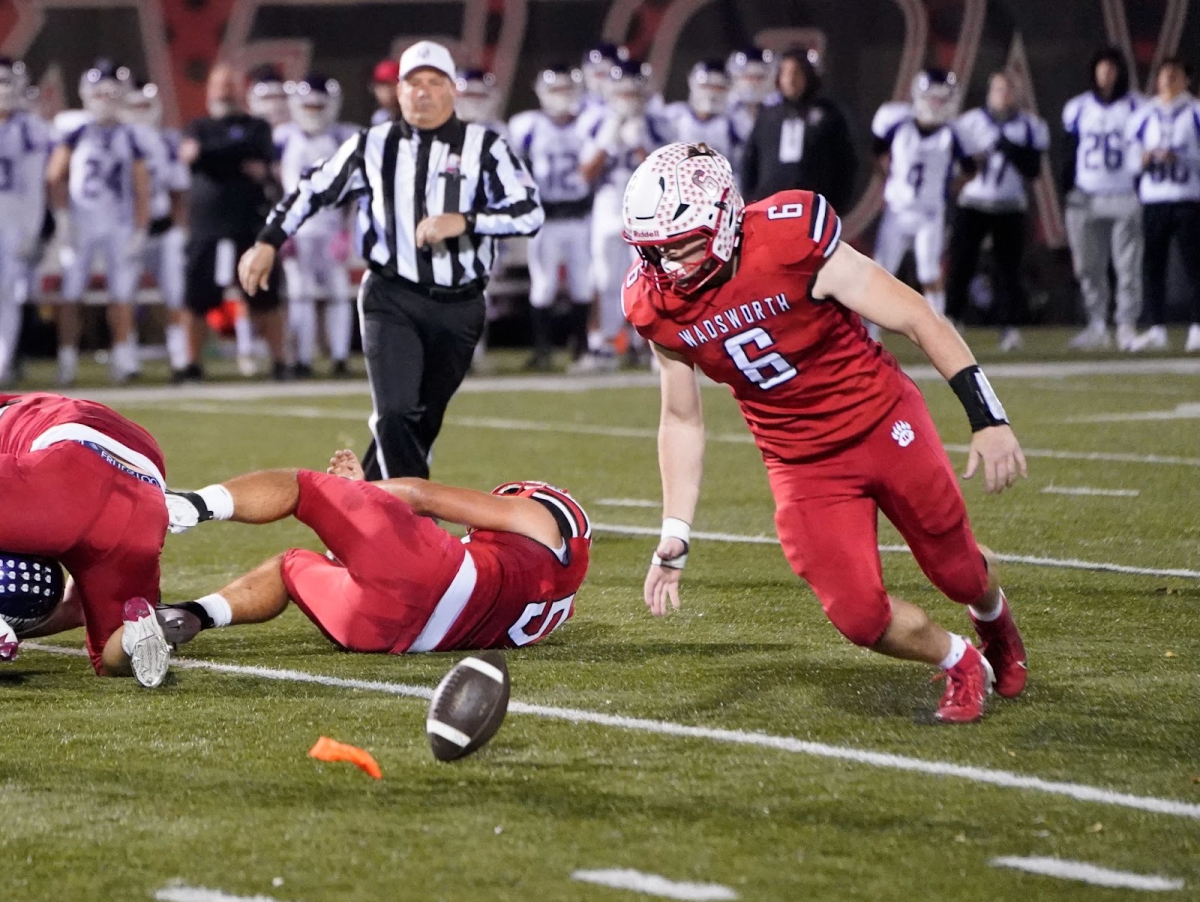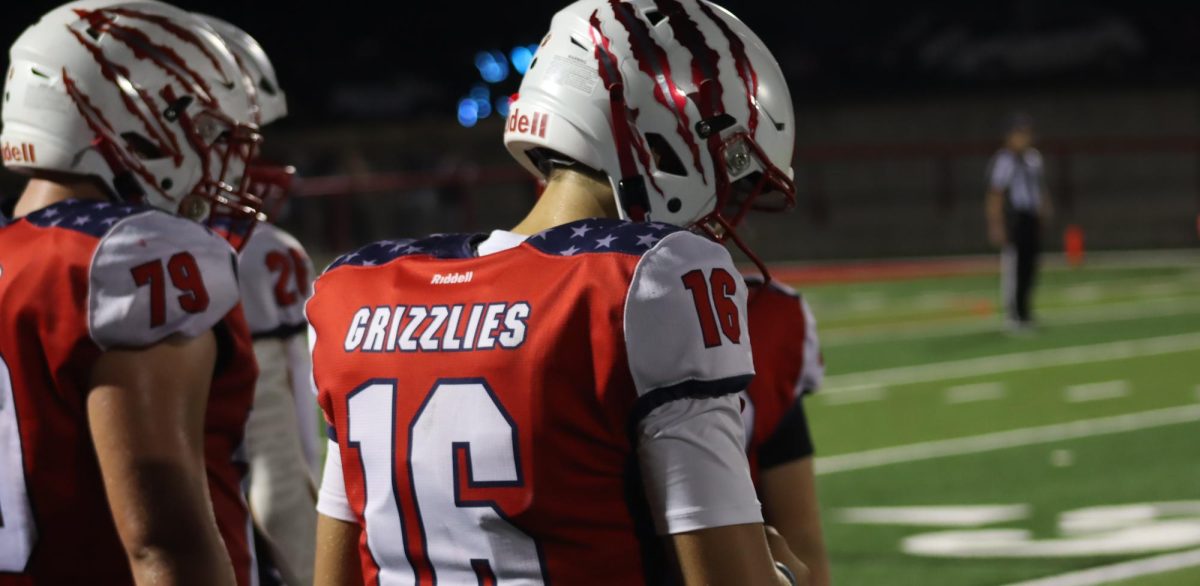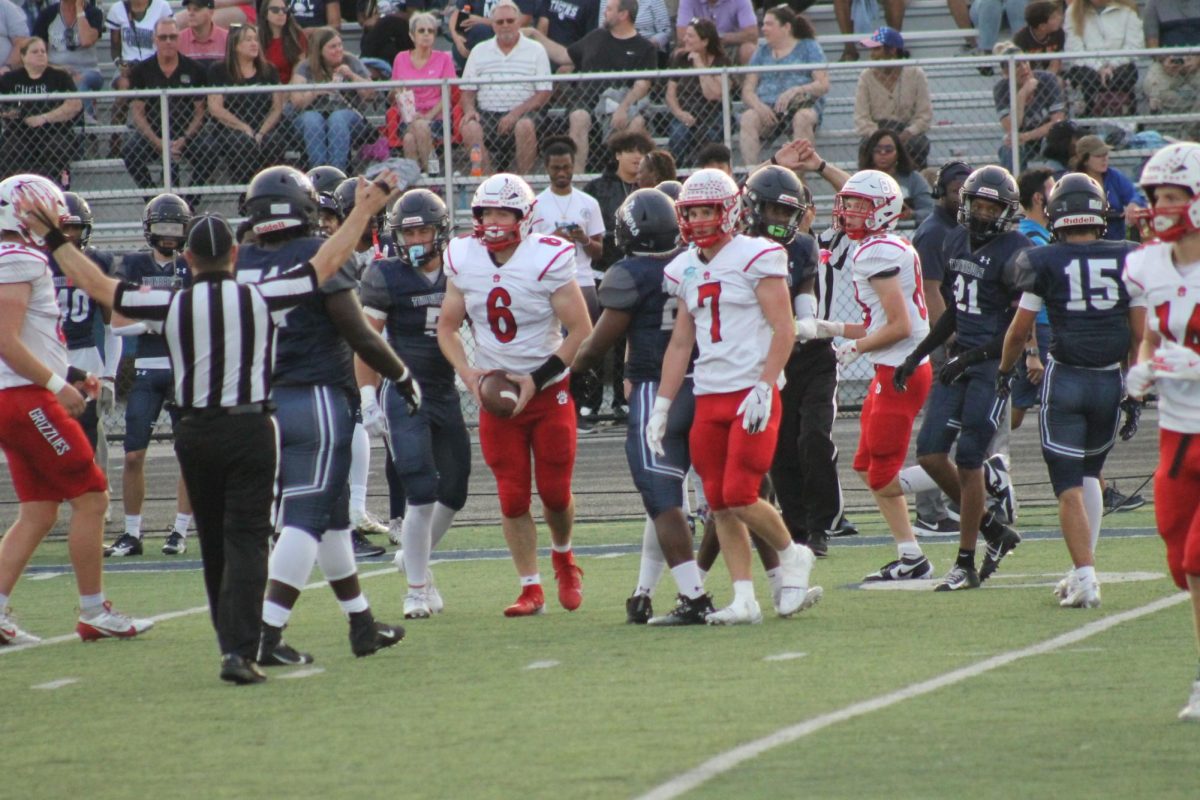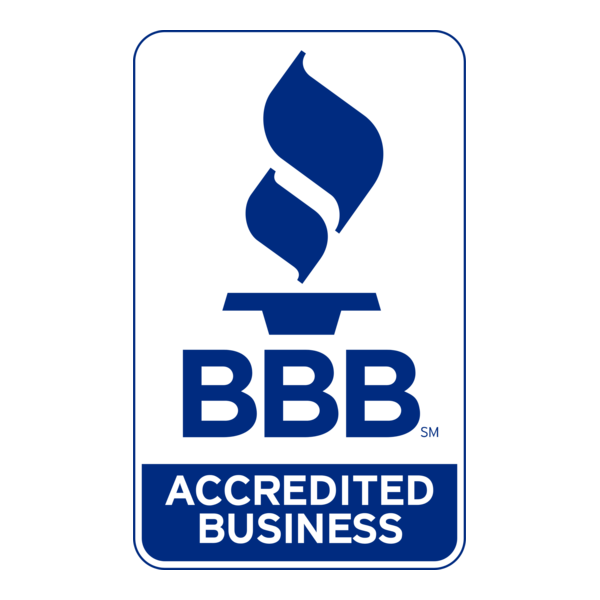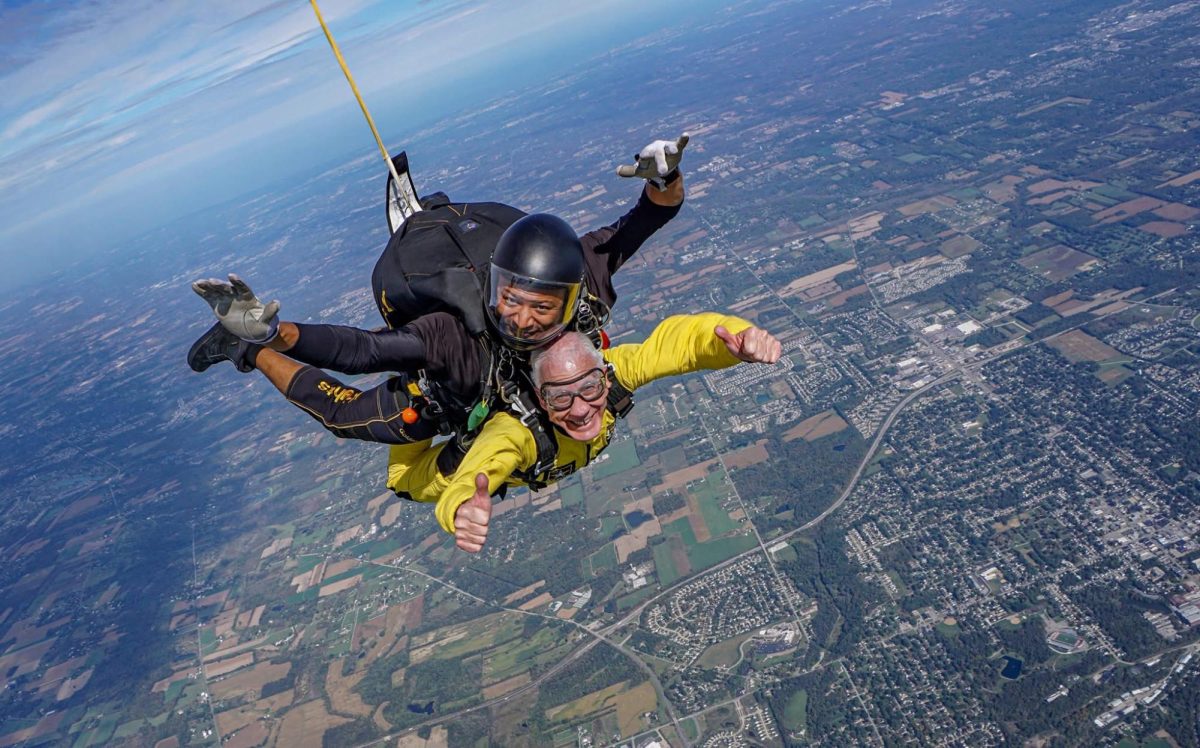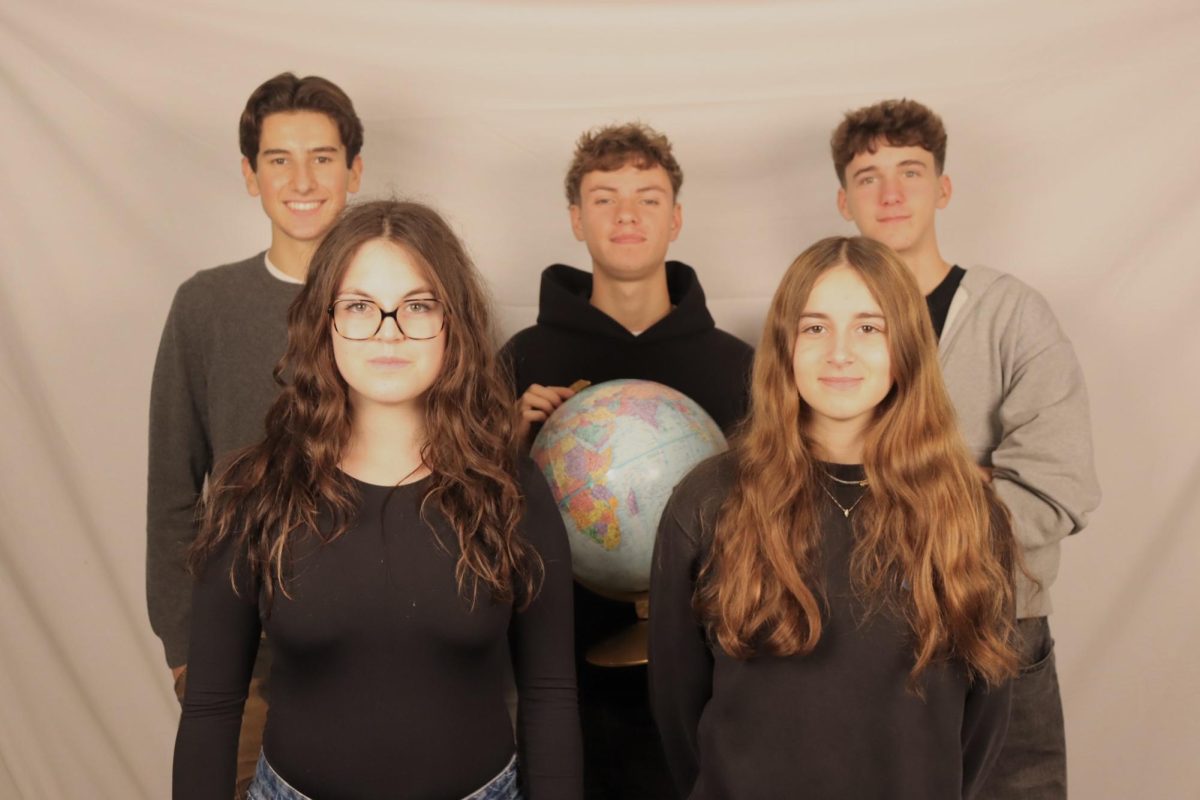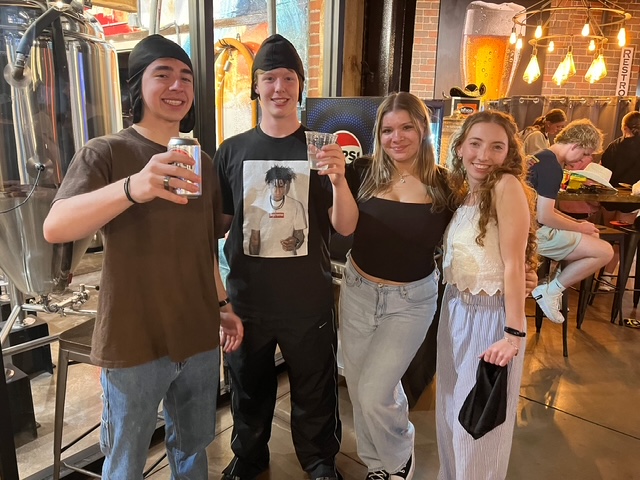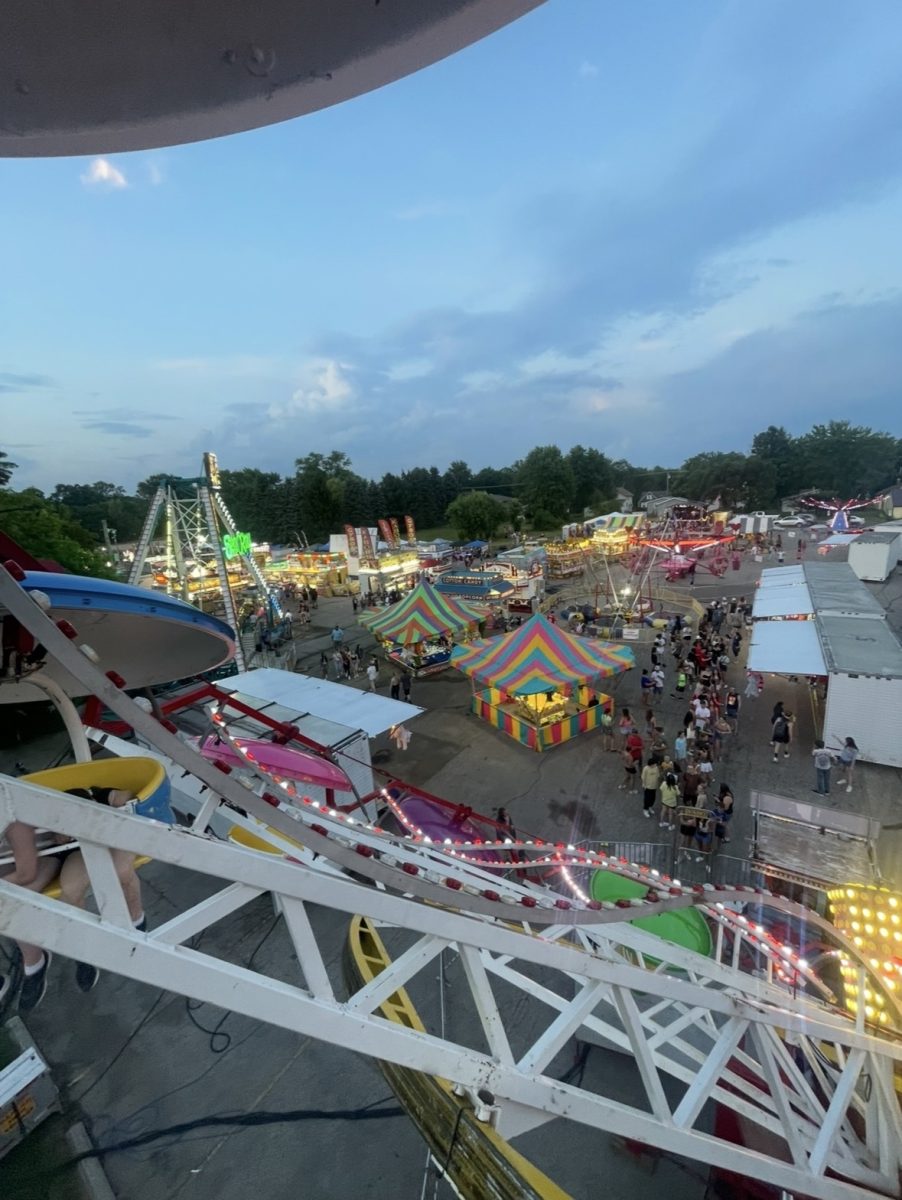Wadsworth Guidance Department Looks at the Whole Child Initiative
The Whole Child Initiative is a program that focuses on broadening the development and success of students in schools. Originally launched in 2007, this initiative aims to open the conversation about children’s education and development, to focus on development outside of the classroom as well as in the classroom.
Recently, students across the Wadsworth District have filled out a survey asking questions correlated to each of the five tenants for child development. These tenants that the Whole Child Initiative are healthy, safe, engaged, supported, and challenged.
The ASCD, the Association for Supervision and Curriculum Development, is the nonprofit organization that works with this initiative. Their goal is to create “innovative programs, products, and services that empower educators to support the success of each learner.”
Through the Whole Child program, educators are taught strategies and tools to help support the entire child not just aspects of them. For example, Wadsworth High School has put a lot of time and resources into student mental health. Although that supports the students, the Whole Child framework would look at how to support a student in all aspects, not just mental health.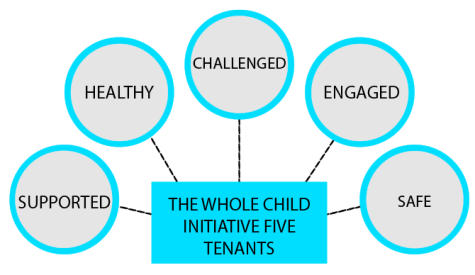
The Whole Child Initiative is in its early stages at Wadsworth High School. The survey sent to all students in the district received around 900 responses and the administration, as well as the guidance department, is looking at what to do with the results.
“There are conversations happening about is this something we do every year and maybe not those exact questions but we ask questions of our students to see how they’re doing, how they’re feeling, how is the climate [of the school], and then maybe even creating some goals [based off the results],” said Sara Kopacko, Intervention Specialist at WHS. “Some conversations of what we’re [having] is what do we want to do with this data, we want to continue with student’s voice.”
Kopacko along with the director of student services are representatives for the district of Wadsworth in the Whole Child Meetings.
“We just got to sit in, me and Mrs. Walker, the director of student services, we just got to sit in on this Whole Child liaison meeting because we are the Whole Child liaisons for our district,” Kopacko said.“We’ve been talking to a lot of other districts that are going through this process, or on a year like three or four of this process to see what they’re doing, and then we can talk about where this can go.”
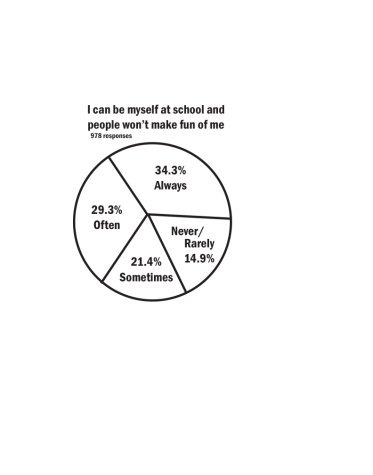 In talking with other districts that have implemented the Whole Child Initiative in their schools, Kopacko plans to use the knowledge of other schools as well as Wadsworth’s individual survey data in order to shape what programs Wadsworth will look at implementing.
In talking with other districts that have implemented the Whole Child Initiative in their schools, Kopacko plans to use the knowledge of other schools as well as Wadsworth’s individual survey data in order to shape what programs Wadsworth will look at implementing.
“I feel very confident that there are going to be things happening around it, right now we’ve got three initiatives that seem to be standing out in these meetings that we will probably land on, but we haven’t landed on yet,” Kopacko said. “Part of what we want to end the school year with is like a three to five-year strategic plan, the district already has plans, like improvement plans they do every year. But this would be specific to this Whole Child [Initiative].”
The next meeting about what the district plans to do with the Whole Child Initiative will be held in early March.
“Whole child education is an idea, it’s a mindset, it’s a strategy,” said Brittany Miracle, Assistant Director of Health, Attendance, Family and Community Engagement Supports in the Department’s Office of Whole Child Supports.
“Ohio’s whole child framework is a blueprint so it helps schools and districts with where to start and where to go. My office provides a lot of the programmatic support that districts might decide to use when implementing Whole Child,” Miracle said.
Miracle started as a social worker and worked with the Whole Child Initiative.
“I started as a school social worker, I spent all of my internship time in a school with child welfare and what I came to realize is that there are a lot of students who needed non-academic support to be successful,” Miracle said.
Miracle draws a comparison between social work and the work she does with the Whole Child.
“I looked at that intersection between social work and student wellbeing and education and that’s what really got me interested in supporting the needs of the Whole Child,” Miracle said. “There’s a lot of ties between non-academic needs and things that a social worker would be doing, that could take place in the school.”
The work that Miracle does deals with providing specific resources to schools.
“My role specifically is to help with the statewide implementation of the Whole Child supports, we have a statewide network of Whole Child where we invite 300 stakeholders from across the state to learn about Whole Child Practices to take back to their districts,” Miracle said. “My office doesn’t work directly with school districts unless a district calls and says they would like the department’s guidance. But it’s not divided up where each person [who works in Miracles office] gets 100 districts that we’re working with, it’s more of the state department we are a support the schools can tap into should they need it.”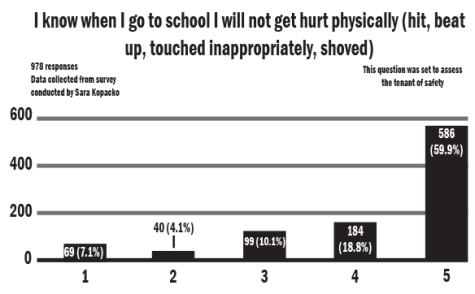
Some of the supports that the Whole Child framework provides are programs that help with student attendance, student safety, and other student interests. For example, Miracle gave a presentation that correlated student attendance with breakfast, that if schools could increase school breakfast then they could also reduce chronic absences.
“Looking back from the last three to five years we have a lot of progress towards implementing Whole Child in schools in that education setting so I’m hopeful that as more schools and districts learn more about the research behind addressing the students non-academic needs more will start integrating that into their strategic plans,” Miracle said.
Throughout her time working with the Whole Child Initiative, Miracle has been able to experience individual moments with the children she aims to help.
Your donation will support the student journalists of Wadsworth High School. Your contribution will allow us to purchase equipment and cover our annual website hosting costs.
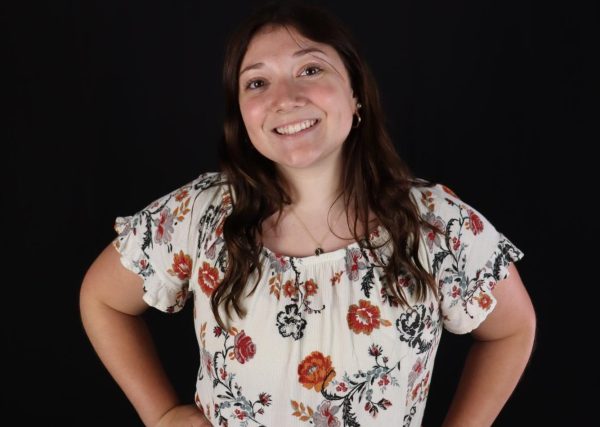
Haley has been on the staff for all four years of high school. She started out as a staff writer and wrote primarily news stories. Her junior year she...

